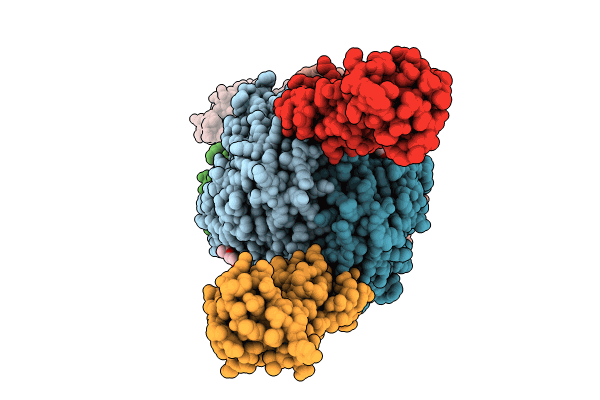
Deposition Date
2023-07-17
Release Date
2024-07-03
Last Version Date
2024-07-24
Entry Detail
Biological Source:
Source Organism:
Sulfolobus islandicus (Taxon ID: 43080)
Host Organism:
Method Details:
Experimental Method:
Resolution:
2.00 Å
R-Value Free:
0.24
R-Value Work:
0.18
R-Value Observed:
0.19
Space Group:
P 21 21 21


